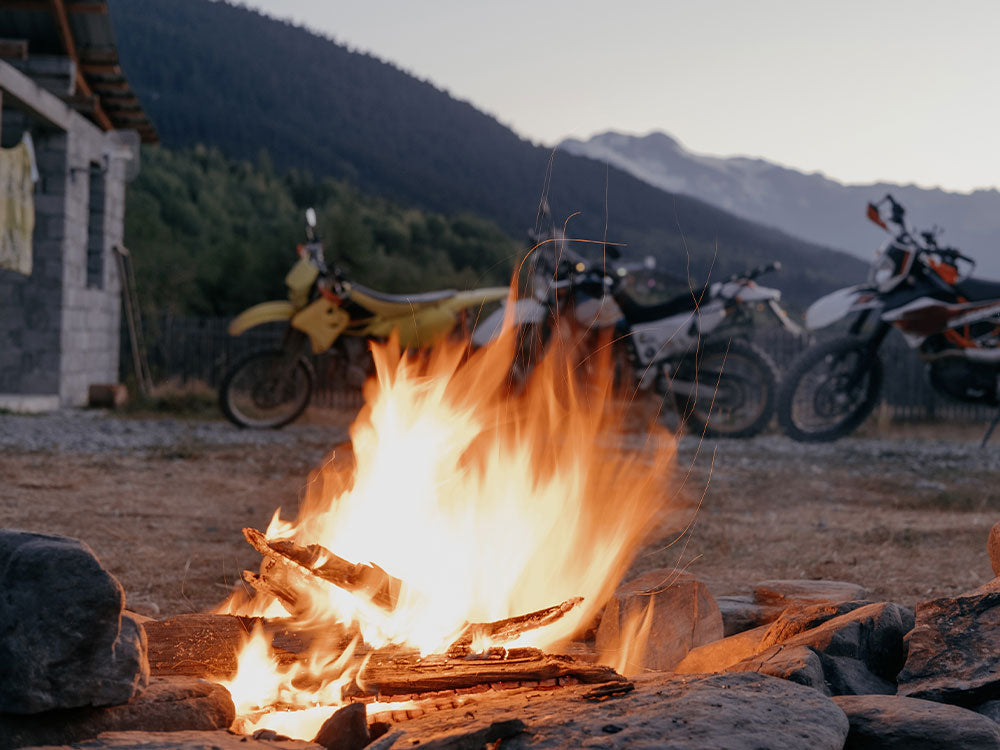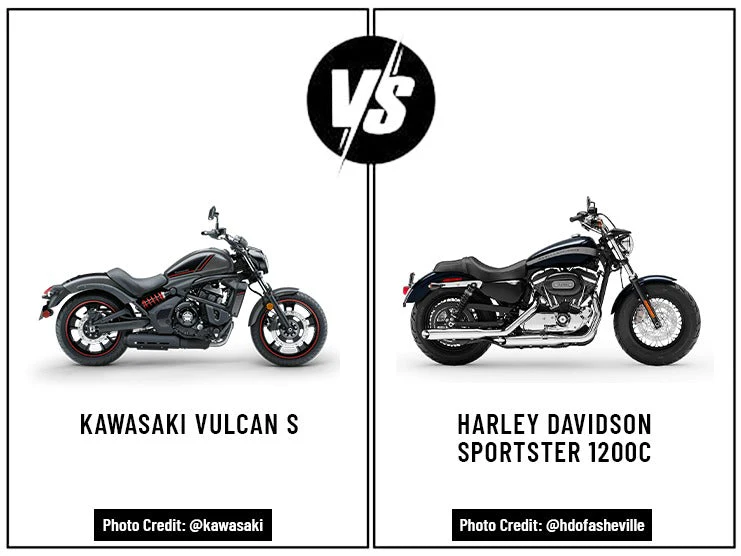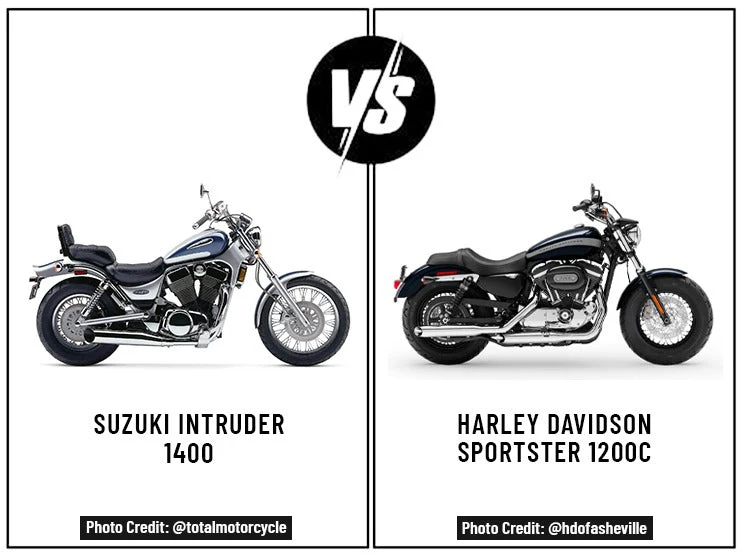Table of Content

A winter motorcycle camping trip can be a great recreational activity so long as you know the best camping tips. Camping can make for a fun trip. A motorcycle camping experience also allows you to spend quality time with your motorbike. This article will discuss practical camping advice and what essentials to bring.
1. Check the Weather Conditions First
Before going on a winter motorcycle camping trip, it is advised you check the weather first so you can prepare accordingly. Plan all the possible routes you can ride on and share them with others campers going with you.
It’s important to carry a GPS tracker to get up-to-date info on the exact coordinates of your location and the intended destination. Moreover, you can utilize a GPS tracker to call for help in the event of an emergency. Keep getting constant weather updates throughout the trip in case the conditions suddenly worsen.
2. Choose Campsites Wisely
Choosing the right campsite is essential if you wish to ensure a peaceful vacation. It is best if you choose official campsites with access to facilities and conveniences like food, running water, and toilets. If you are short on time, it is recommended you go to an official camping site rather than wasting time searching online for a suitable camping site nearby. Use websites like Go Camping America and Thousand Trails to search for official campsites throughout the U.S.
For motorcyclists seeking adventures and who love exploring, usually don’t go to official campsites or campgrounds. Instead, they prefer to reserve private places to set up camp. Here is a list of guidelines to help find the best winter motorcycle campsite:
- If you plan to camp on snow, walk on it with your boots and flatten the snow. To keep you warm when sleeping on the ground, compact snow under your sleeping pad will help you be more comfortable.
- Choose a nice smooth and flat surface for you to set up camp.
- Choose a spot where you are less likely to be in the path of cold wind; don’t camp atop or at the bottom of hills.
3. Get the Right Tent
When it comes to camping, choosing the right tent is the most important step. Packing appropriate gear is essential if you want to be fully prepared for chilly weather.
A tent already has its waterproof foundation, so you do not need to bring a tarp with you to protect your tent from rain or snow.
Choose a small lightweight tent that is easy for you to carry. There are different tents for different seasons, so it is important to choose one that is suited for winter motorcycle camping.
The two tents best suited for winter have the following labels:
- Designed for three seasons (Summer, Spring, and Autumn)
- Designed for four seasons (Summer, Spring, Autumn, and Winter)
For winter motorcycle camping, four-season tents are better as they are made from durable materials. The rigid shape of four-season tents is able to handle powerful winds and heavy snowfall. Their durable structure makes it better suited to endure snow, ice, and rock without tearing.
4. Steps on How to Set Up a Tent

After getting a suitable tent, you will need to do a little more preparation before staking it to the ground on a chilly night.
First, choose a place that is dry, smooth and, if possible, protected from the weather. Find a location with natural windbreaks like hills and trees. For instance, having tree cover is highly beneficial. Before setting up your tent on the ground, remove any snow within the space you intend to set up if necessary.
Try to smoothen the space as much as possible before erecting the tent. You may even dig out a small area where you intend to sleep if you wish to go the extra mile to provide extra protection from the cold.
Afterward, you can set aside a spot to burn a campfire, enjoy tasty meals, and enjoy the beauty of nature.
5. Get Cooking Supplies
Cooking your own food on a camping trip is fun. Cooking equipment is essential especially if you are planning to camp at an unofficial campsite.
Here are some cooking essentials to carry with you for a winter motorcycle camping trip:
5.1 Camping Stove
Get a liquid-fueled camping stove instead of a gas stove as it is small and easy to carry.
5.2 Cooking Equipment
It is difficult to obtain small, light, and compact pots and pans, so it is preferable to invest in good-quality cooking equipment. Cheap cooking equipment rusts more rapidly, needs more time to clean, is heavier, and costs more to replace. It is best to get lightweight but durable plastic cooking equipment.
5.3 Cutlery
Disposable plastic cutlery is the best option for winter motorcycle camping. Avoid carrying metal cutlery if possible to reduce weight.
5.4 Metal Bottle
Carrying a wide metal bottle with you will help you keep your drinks hot throughout the day.
6. Get a Comfy Sleeping Bag
A good-quality sleeping pad is required because it takes time for your body to warm yourself and the ground underneath you when resting. It will be a struggle to keep the floor beneath you warm if you don't have a reliable sleeping bag.
However, with a good-quality sleeping pad, you can save energy and time required for warm-up. During the night, a reliable sleeping bag will keep your body temperature up and protect you from freezing.
When buying a sleeping bag, make sure to get a down sleeping bag rather than a synthetic one. The reasons why you should get a down sleep pad are listed below:
- Durability: A down sleeping bag is more durable than a synthetic bag. A high-quality down sleeping bag will last for decades if properly cared for.
- Size: When traveling, size frequently determines carrying or weight capacities. Utilizing a down sleeping bag is ideal for winter motorcycle camping as it can compress and shrink to 1/4 of its original size.
- Weight: Compared to synthetic ones, down sleeping bags are significantly lighter and have a greater warmth-to-weight ratio.
7. Get an Air Mattress
Air mattress can be an alternative to a sleeping bag. Although they are not as warm as sleeping bags, some riders prefer the extra comfort and cushioning an air mattress provides.
For better insulation, cover the bottom of the air mattress so it will not get as cold when resting atop the ground. Also, make sure to cover the rest of the air mattress with a blanket or an insulating sheet.
8. Get Bivvy Bags and Hammocks
Bivvy bags and hammocks are alternatives to tents. If you don’t want to carry a tent, try getting one of these.
8.1 Bivvy Bags
A bivvy bag is a piece of equipment that turns your sleeping bag into a nighttime shelter. A bivvy bag can be rolled out virtually anywhere and combines the characteristics of a sleeping bag, a roll mat, and a tent.
They are more suited for travelers who might have to set up a tent anywhere in case of an emergency.
Pros of Bivvy Bags:
Bivvy bags are small, lightweight, easy to carry, and cheaper than tents.
Cons of Bivvy Bags:
Bivvy bags don't provide much protection from the elements and can become damp from humidity.
8.2 Hammocks
A hammock is a less popular choice, being a large nylon sheet with ropes at both ends to keep it secured.
Be careful when picking the spot to hang your hammock for the night. Naturally, woods are full of evenly spaced trees which will provide some protection from the rain and cold winds.
Pros of Hammocks:
With a hammock, you will not need to carry a sleeping pad, will provide a comfortable sleeping position, and is cost-effective.
Cons of Hammocks:
Hammocks do not provide much warmth and can cause you to quickly become cold.
9. Take a Map with You
Most people usually don’t consider taking a map with them because they tend to rely on their cell phones or other navigation devices.
Having and knowing how to use a map can help if there is no connection for your phone or navigational device. Plus, a map does not take up much space and is easy to carry.
10. Take a Solar Charger with You
You'd be shocked at how frequently people forget to keep their electronic devices charged while away on a trip. A solar charger or a power brick will be needed if your bike doesn't have a charging port or if you want to charge your devices when you are at an isolated campground.
A reliable power brick may last for several days, and a solar charger can be quite helpful so long as there is enough sunlight to keep it charged and functional.
11. Wear Proper Winter Clothes
Wearing layers of winter clothing will help you retain body heat and better withstand the elements while out in the cold.
- The base layer retains a small layer of air against your skin and wicks sweat from your body.
- The middle layer provides insulation by retaining body heat.
- The outer layer protects you from snow, cold wind, and rain.
12. Other Things to Pack
There are a few other items that are not mandatory but are recommended you take with you:
- Always carry a flashlight and some security chains and locks for your motorcycle.
- Take soaps, dry shampoos, toothbrushes, and toothpaste with you but make sure that they are trial size because it will be hard to carry standard-sized items.
- A cutter, rope, and zip ties can also be helpful. Get a toilet paper roll, paper towels, and trash bags. Last but not least, take a first aid kit and some bandages along with you.
13. Pack Everything Securely
Lastly, make sure everything is secure while packing. You can get a luggage rack to provide a stable platform to rest your luggage. Check your belongings two or three times to confirm everything is packed securely and safely. If you are lacking storage capacity then you can get yourself leather, hard saddlebags, Or sissy bar bags.
14. Last Words
Winter motorcycle camping can be enjoyable if you are well prepared. It becomes more enjoyable and easier if you remember the proper tips and carry all the camping essentials with you.













Leave a comment
All comments are moderated before being published.
This site is protected by hCaptcha and the hCaptcha Privacy Policy and Terms of Service apply.